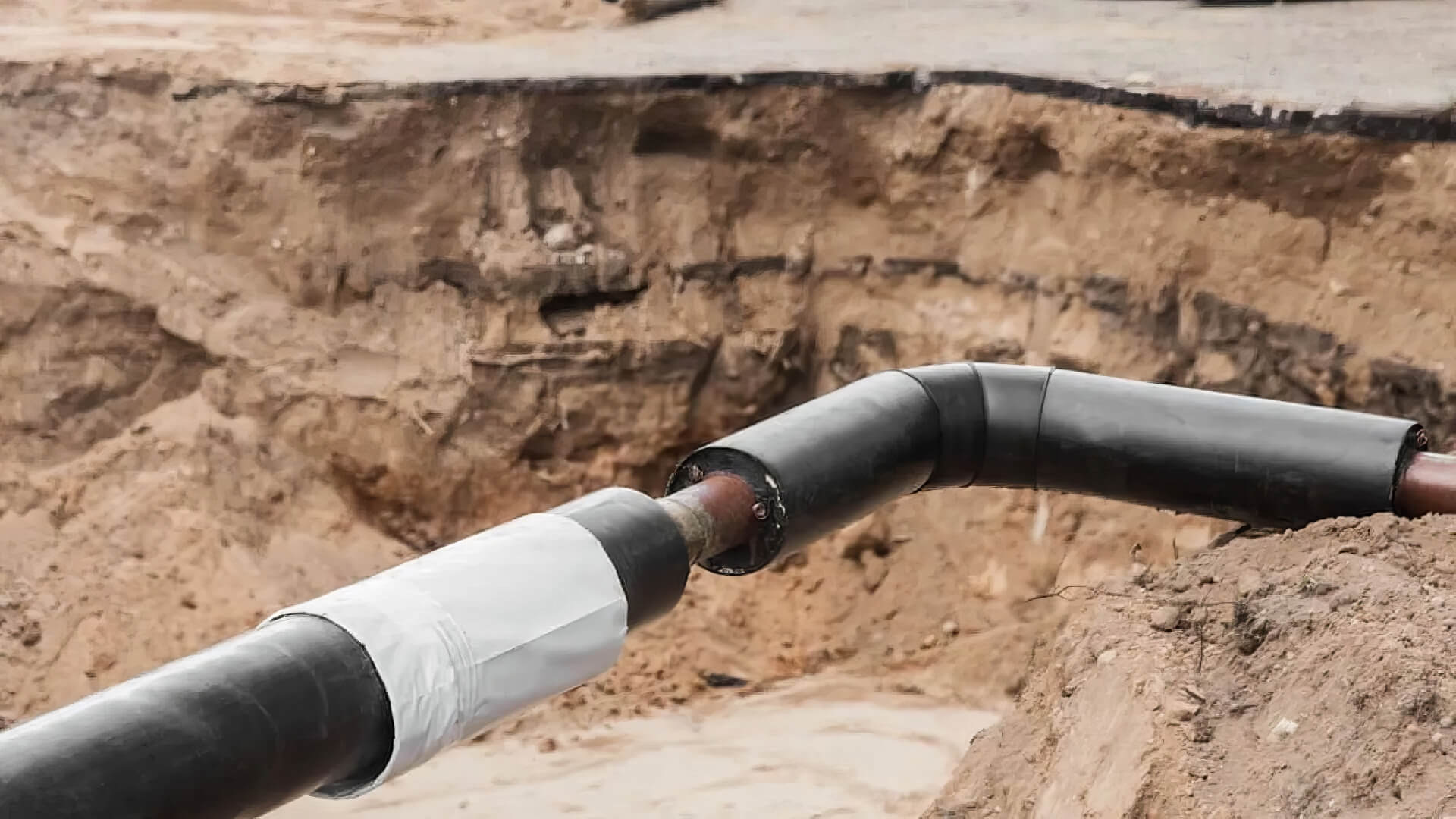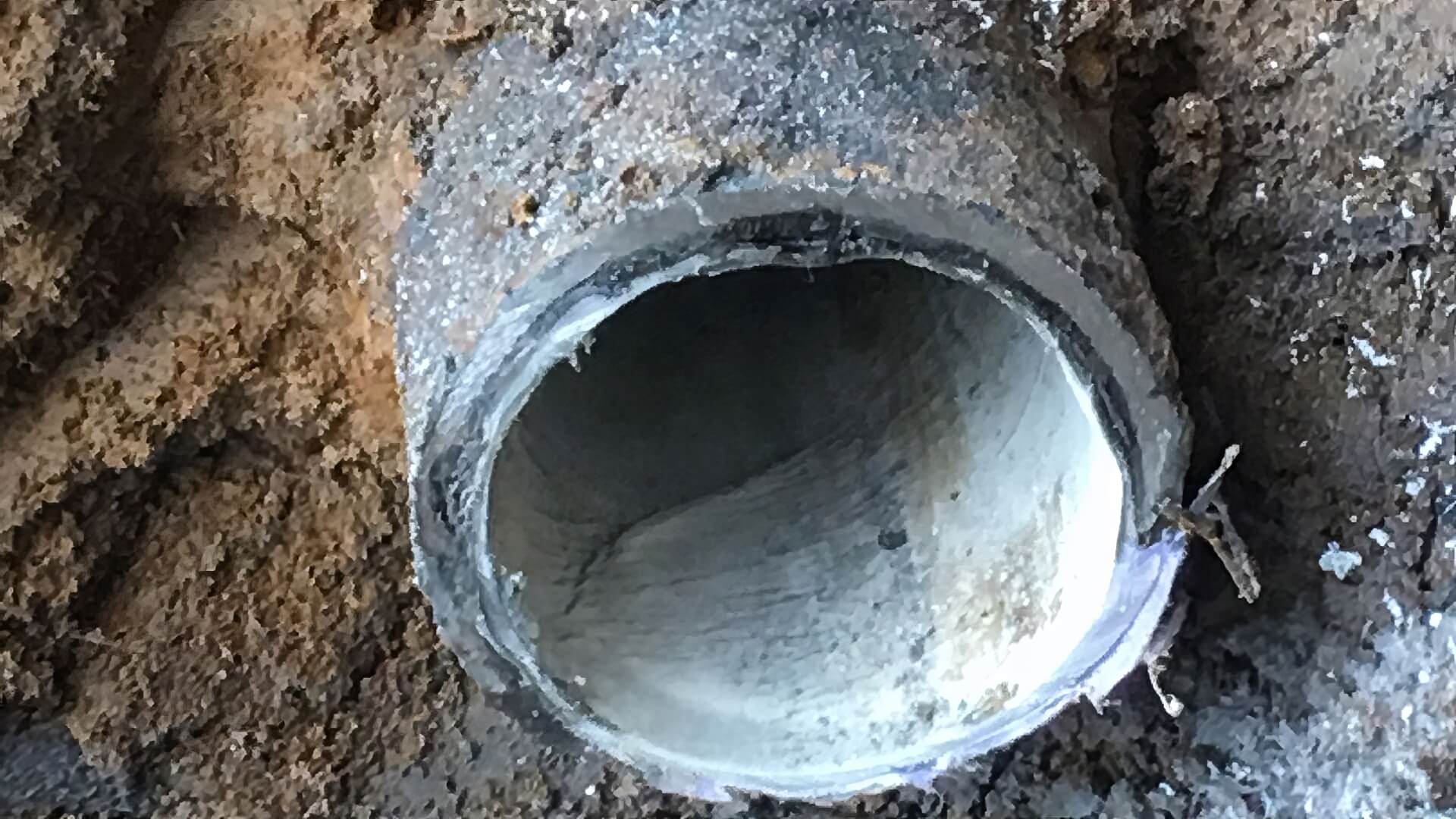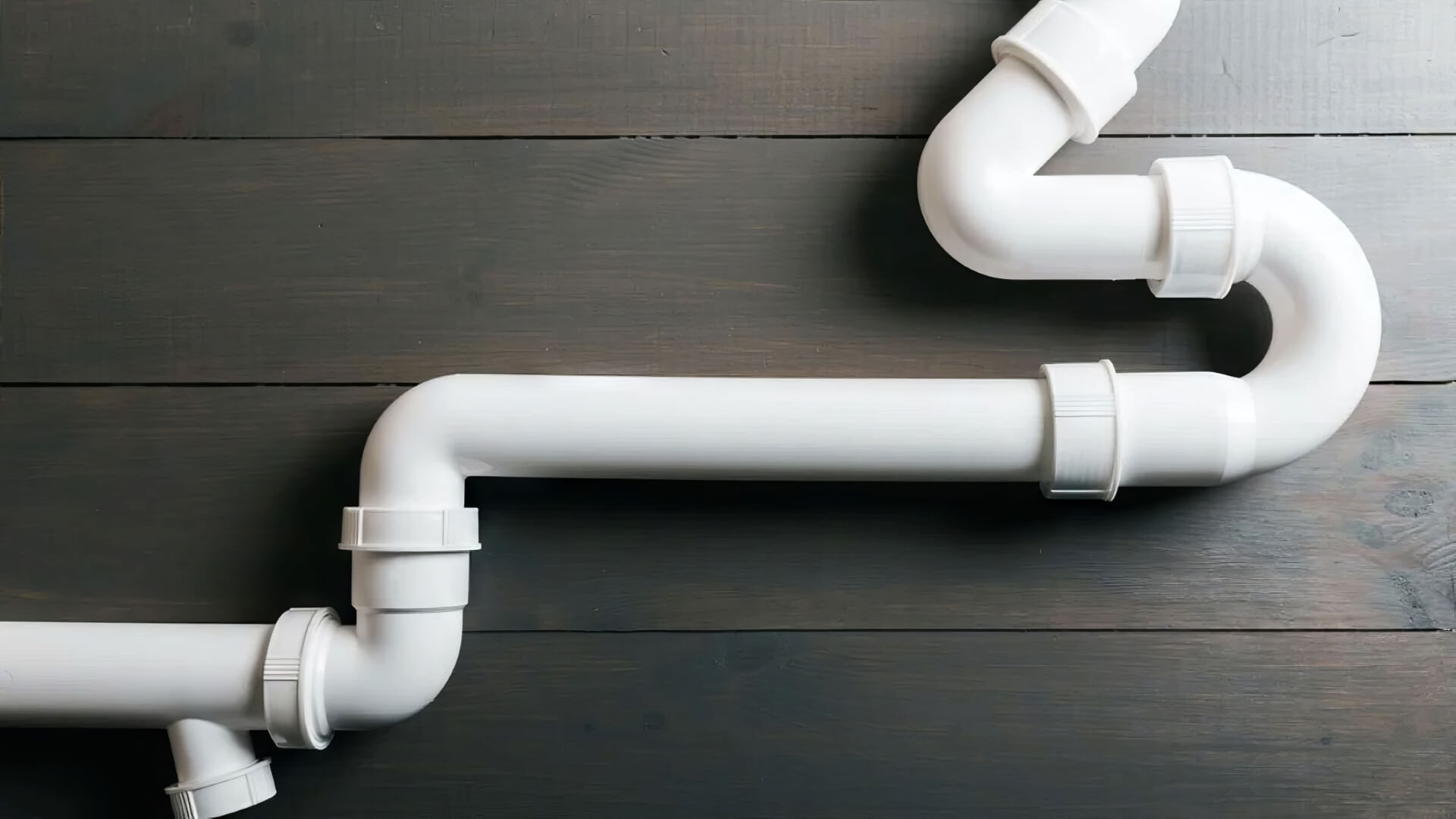Understanding Gas Fitting for Kitchen Renovations
Integrating gas appliances and fittings is crucial for kitchen renovations. Gas cooktops and hot water systems provide enhanced energy efficiency, precision in temperature control, and the potential for reduced operating costs compared to electrical options.
A licensed gas fitter is essential for the installation and connection of new gas lines. Gas fitting involves setting up pipes, valves, and outlets to securely deliver gas to your appliances. A qualified gas fitter will ensure all connections are done to legal standards using quality materials that won’t leak or deteriorate.
A gas fitter can either install fresh gas lines for first-time gas appliance users or adjust existing pipelines during kitchen updates. Each gas appliance will be securely connected to the new or modified gas supply.
Gas appliances offer immediate heat, quicker boiling, and superior simmer temperature control. Contemporary gas cooktops and ovens are designed with an emphasis on safety, energy efficiency, and stylish aesthetics, complementing modern kitchen designs.
Early consideration of gas requirements in your renovation process enables precise placement of pipes and outlets before installing new cabinetry. Your licenced gas fitter and your plumber can also advise on safety requirements and the most suitable gas setup for your home.
Safety Regulations and Compliance for Gas Work
Strict adherence to safety regulations and standards is imperative when installing or modifying gas lines and appliances. This guarantees safe operation of gas systems and mitigates risks like leaks, explosions, and carbon monoxide poisoning.
In Australia, gas work must legally comply with AS/NZS 5601.1:2013 for gas installations. This covers areas like:
- Properly sizing gas pipes
- Testing pipes and connections for leaks
- Installing safety features like flashback arrestors
- Ensuring adequate ventilation
Additional crucial safety practices include:
- Installing a gas isolation valve for emergency gas supply shutoff
- Having individual isolation valves near each gas appliance
- Using high quality marked gas hose assemblies between valves and appliances
- Securing all gas cylinders according to standards
Contacting Dial Before You Dig is mandatory prior to any soil excavation for new gas pipeline installation. They’ll mark out underground utility services onsite so you can dig safely.
Neglecting safety regulations in gas fitting services can lead to gas leaks, fires, explosions, and poisoning.
A licensed plumber and gas fitter will confirm that your new gas appliances and fittings meet all compliance and safety standards, providing peace of mind.
Hiring Certified Gas Fitters
Hiring a qualified and licensed gas fitter endorsed by the Plumbing Industry Commission is crucial for any gas fitting activity. Gas fitting certification involves extensive training and assessments in safely installing, servicing and repairing different gas systems.
Certified gas fitters execute tasks with comprehensive skill, navigating natural gas mains, LPG systems, and the specific demands of various gas appliances. They know all required standards and legal compliance obligations across residential, commercial and industrial sites.
Licenced technicians ensure gas systems are leak-tested and verified as completely safe after installations or alterations. They also provide certified compliance paperwork for all gas jobs.
Reputable gas fitting companies carry full public liability insurance, offer warranties on workmanship and use high quality marked pipes and components approved for gas use.
Never attempt DIY gas fitting alterations - without proper licences, skills, equipment and compliance with standards, it poses extreme safety risks and violates the law. Trust only qualified experts for this highly specialised trade.
The Process of Installing New Gas Lines
The typical installation process for new gas lines in your kitchen renovation includes:
- Planning – Your gas fitter will discuss your kitchen plans to map out ideal positions for the gas pipes, valves and connection points for appliances.
- Permits – Fitters must secure relevant permits before commencing any residential gas pipe installations.
- Trenching – For outdoor piping, trenches are excavated to prescribed depths, and protective pipeways are constructed.
- Pipe system – The system is assembled with pipes from the gas source to the outlets and is then pressure-tested for safety.
- Appliances – Your cooktop, oven and other gas appliances are then connected to the gas supply system.
- Compliance – The gas technician must provide a Certificate of Compliance to validate all work meets necessary standards.
For many homes, it is not necessary to shut off the current gas supply during kitchen renovations. For significant pipe modifications, count on the expertise of your gas fitter to safely isolate and restore the gas supply.
Your licenced gas fitting professional manages the end-to-end process, working with kitchen designers, builders and plumbers to tailor the gas connections to your new kitchen layout and appliances for optimal function and aesthetics.
Selecting Gas Appliances for Your New Kitchen
Selecting appropriate gas appliances is a key component of your new kitchen design planning. Early consultation with your gas fitter about gas appliance options ensures a match with your kitchen’s layout, needs and budget.
Important factors to consider for gas appliances are:
- Cooktops - Natural gas cooktops offer immediate heat, providing superior control for boiling, frying, and simmering. Modern gas cooktops focus on precise burner controls and sleek aesthetics.
- Ovens - Natural gas ovens offer quick preheating, even heat distribution and better temperature control for perfect roasting or baking results.
- Rangehoods - Integrating a gas cooktop rangehood combination streamlines your kitchen’s aesthetics while effectively removing cooking fumes.
- Hot water systems - A gas hot water system yields a plentiful supply of hot water on demand whilekeeping running costs lower in the long term.
Your certified gas fitting technician can assist in choosing gas appliances that align with your kitchen’s size, design, ventilation requirements and usage needs, prioritising safety above all.
Maximizing Functionality Through Proper Gas Fitting
Delivering expert gas fitting services is essential for ensuring maximum functionality and safety in your kitchen renovation.
Your licensed gas fitter will precisely position pipes and connections, ensuring optimal accessibility for your appliances. It also reduces potential leak risks from pipes being disrupted during renovations.
The specialist will also guarantee that all appliances receive sufficient gas flow, pressure, and ventilation. Upgrading old pipes and fittings safeguards performance, while integrating the latest safety valves gives you peace of mind.
By consulting gas fitting specialists early when planning, you can optimise the capacity and layout of your gas supply system in line with your desired appliances. This allows cooking zones, rangehoods and hot water systems to be placed ergonomically within your new kitchen configuration.
New code-compliant gas installations also maximise reliability, efficiency and resale value. Your certified gas fitter oversees all necessary approvals and documentation, guaranteeing compliance with standards.
For gas fitting that is secure and adheres to legal requirements, tailored to your new kitchen, get in touch with Beverley Park Plumbing at 1300 349 338. Our fully qualified and experienced gas fitters handle the entire process from design to completion.






